Why More Businesses are Turning to Loyalty Programs to Increase Sales in a Tough 2024 Market and Beyond
In today's world, where economic uncertainty is common, businesses are always looking for new and creative ways to survive and succeed. One such strategy that has become crucial in this pursuit is loyalty programs in the retail industry. These programs offer rewards and incentives to customers, encouraging them to make repeat purchases and establishing a stronger bond between brands and their clientele.
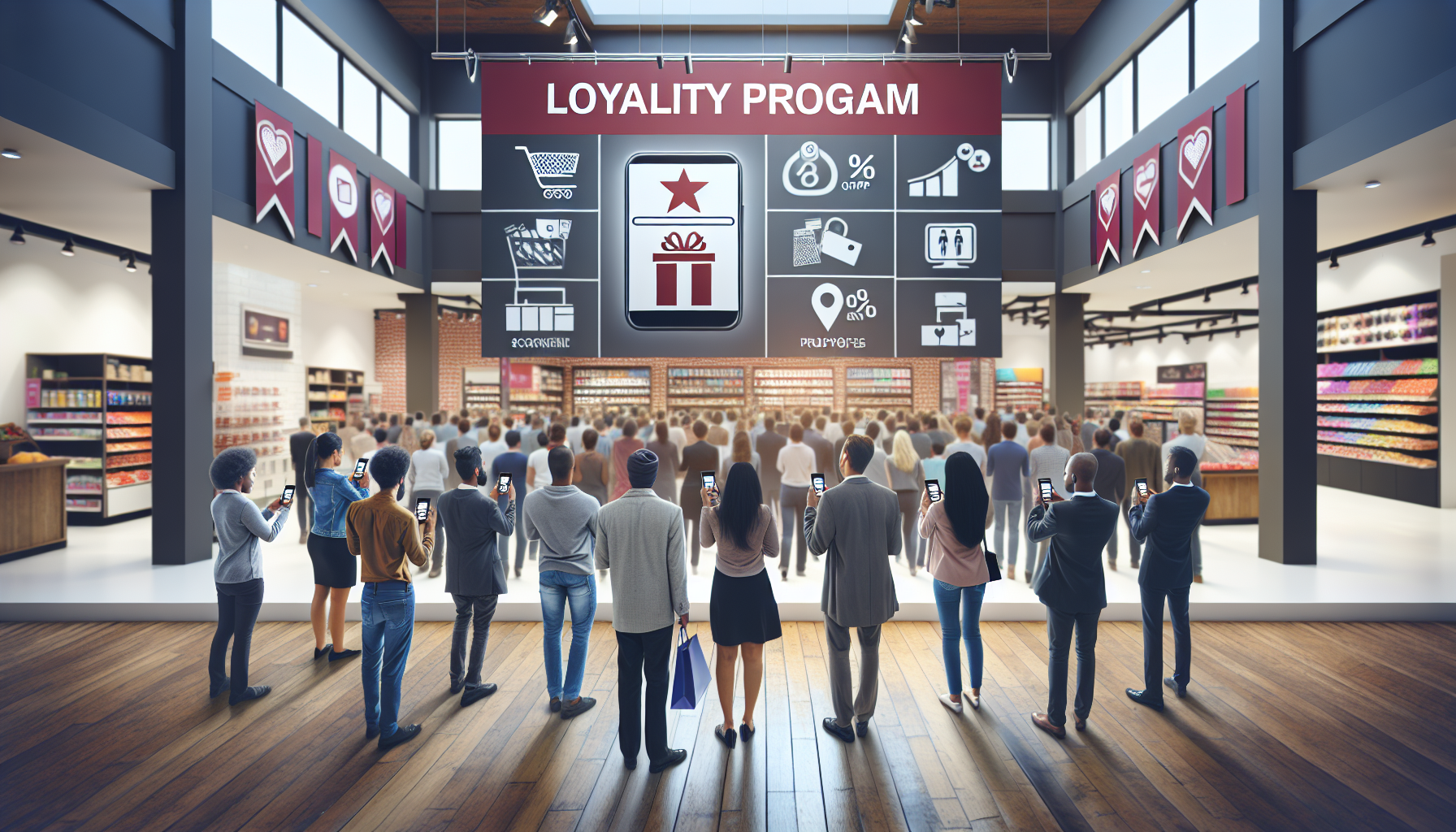
Given the challenging market conditions we face today, retailers are increasingly relying on loyalty programs as a means to boost sales. By implementing these initiatives, businesses can achieve several key objectives:
- Track customer spending habits
- Build comprehensive customer profiles
- Target promotions effectively
- Offer personalized discounts
However, it's important to note that the success of these programs is influenced by various factors such as privacy considerations and customer intake processes. Ultimately, loyalty programs have become essential for retailers looking to increase revenue and foster customer loyalty, particularly during economically unstable times.
Understanding Loyalty Programs in Retail
Loyalty programs are strategic marketing tools designed to foster customer retention and encourage repeat business. By rewarding customers for their continued patronage, retailers aim to enhance customer loyalty and drive consistent revenue growth. These programs often involve a variety of incentives, such as discounts, exclusive offers, and points that can be redeemed for future purchases.
Types of Loyalty Programs
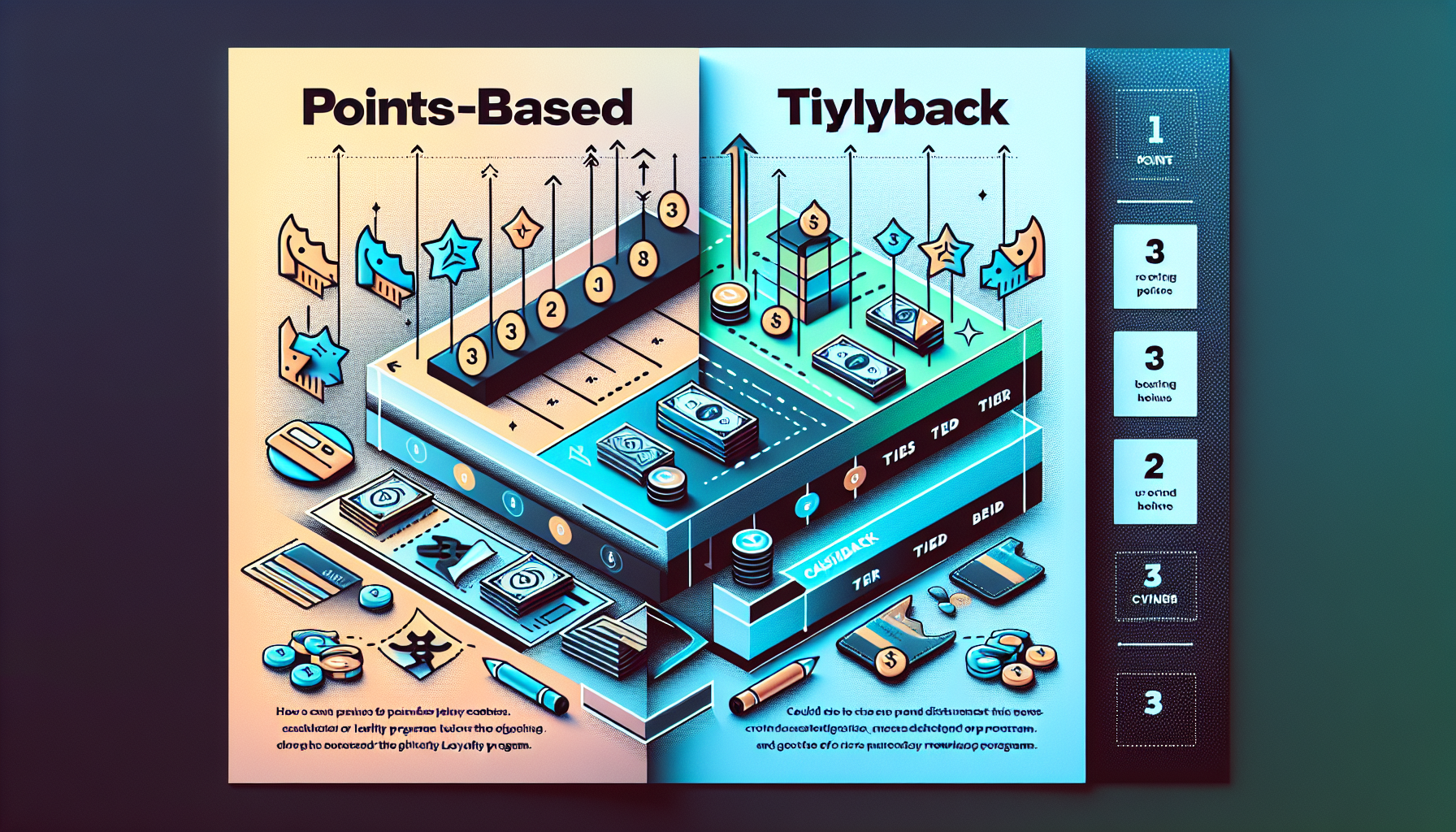
Retailers employ several types of loyalty programs to engage their customers:
- Points-Based Programs: Customers earn points for each purchase they make. These points can later be redeemed for discounts, free products, or other rewards. This type is popular due to its simplicity and direct correlation between spending and rewards.
- Tiered Programs: These programs offer different levels of rewards based on the customer's spending or engagement levels. Higher tiers provide more valuable rewards, encouraging customers to spend more to reach the next tier.
- Cashback Programs: Customers receive a percentage of their purchase amount back as cash or store credit. This immediate reward can be very appealing and encourages additional spending.
Benefits for Businesses and Consumers
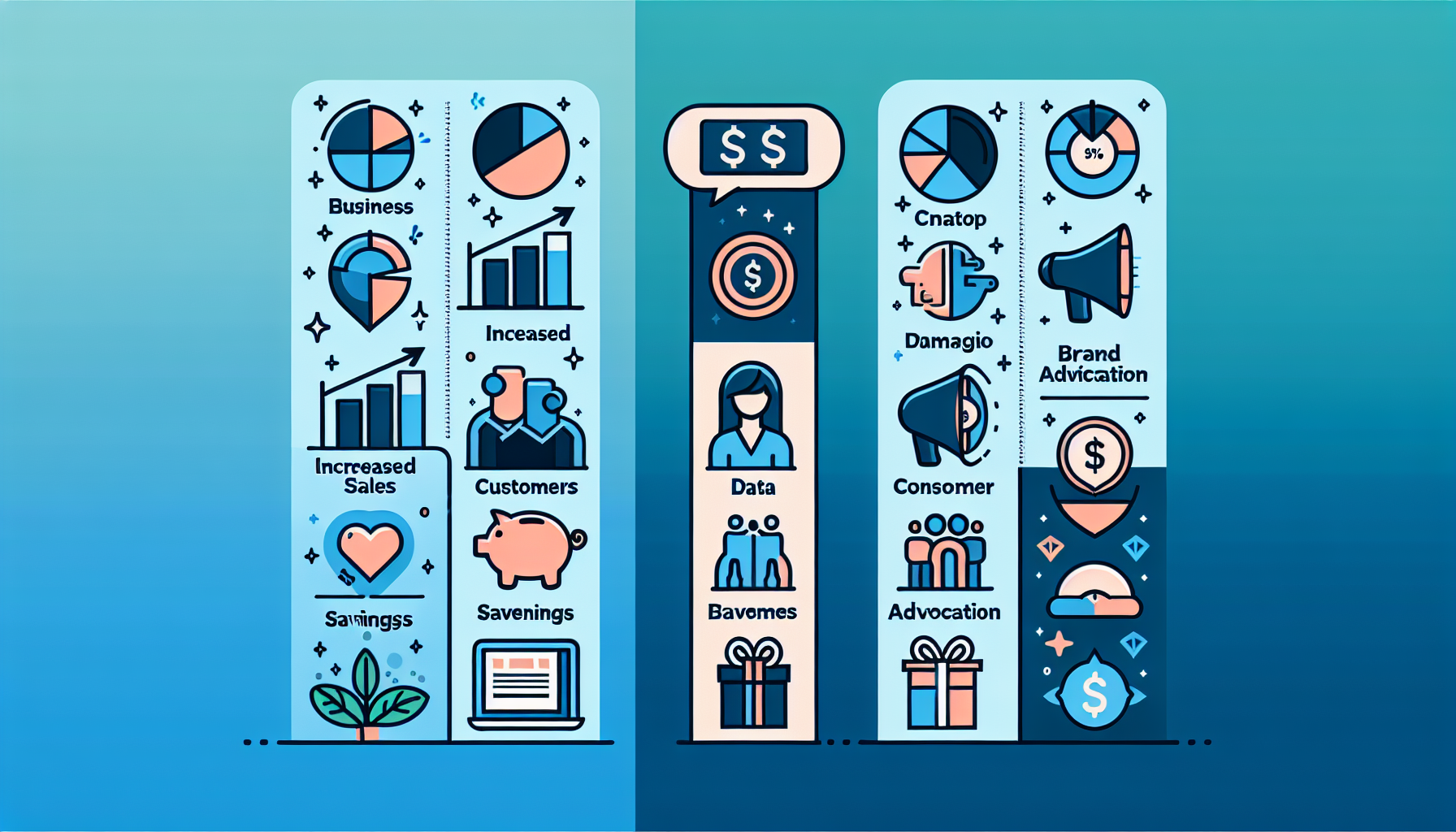
For Businesses:
- Enhanced Customer Retention: Loyalty programs create a sense of belonging among customers, making them less likely to switch to competitors.
- Increased Sales: By incentivizing repeat purchases, businesses can see a significant boost in sales.
- Customer Data Collection: These programs allow retailers to gather valuable data on purchasing habits, enabling more personalized marketing strategies. This data collection also offers insights into the ROI of customer data, which can further optimize business strategies.
- Brand Advocacy: Satisfied loyal customers are more likely to recommend the brand to others.
For Consumers:
- Savings: Customers benefit from discounts, cashback, and other financial incentives that reduce their overall spending.
- Exclusive Offers: Members often receive access to special promotions and early product releases.
- Personalized Experience: The data collected allows retailers to tailor offers specifically suited to individual preferences, enhancing the shopping experience.
Understanding loyalty programs in retail sheds light on why these initiatives are becoming indispensable tools for businesses aiming to thrive in competitive markets. The mutual benefits for both retailers and consumers underpin their growing popularity and effectiveness in driving sustained business growth.
Successful Case Studies of Retail Loyalty Programs
1. Starbucks Rewards Program: A Caffeinated Success Story
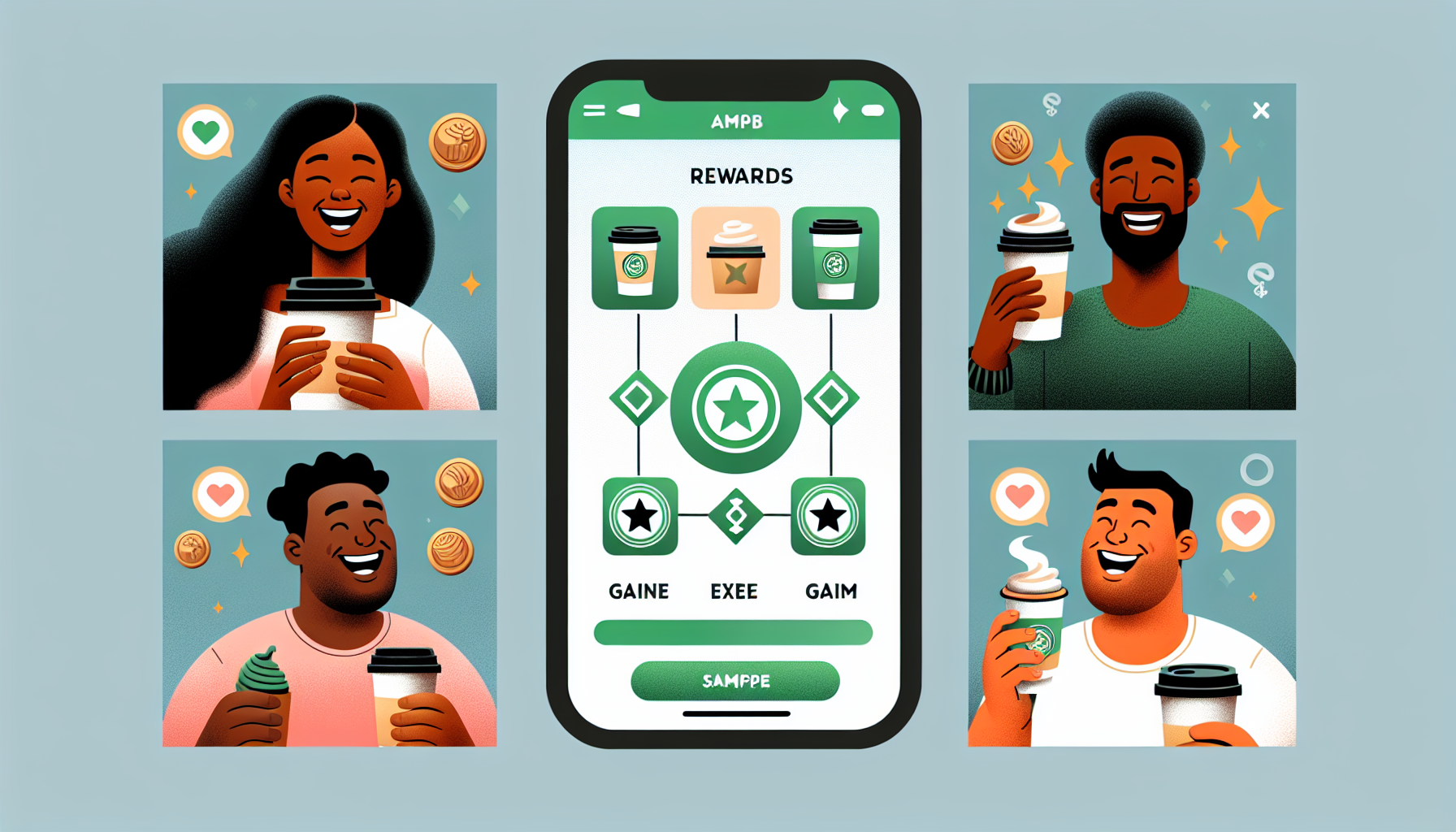
Overview of Starbucks' Popular Rewards Program and Its Key Features
Starbucks has changed how loyalty programs are viewed in the retail industry with its highly successful Starbucks Rewards Program. This program is designed not just to reward regular customers but also to strengthen their bond with the brand.
Key features of the program include:
- Points System: Members earn stars for every purchase, which can be redeemed for free drinks, food items, and other merchandise.
- Tiered Membership: The program offers different levels such as Green and Gold, providing escalating benefits as members accumulate more stars.
- Mobile Integration: The Starbucks app enables easy tracking of points, mobile ordering, and payment options, making it incredibly convenient for customers.
Utilizing Customer Data and Personalized Offers
One of the standout aspects of the Starbucks Rewards Program is its strategic use of customer data. By analyzing purchasing behavior and preferences, Starbucks tailors personalized offers that resonate with individual members.
- Personalized Promotions: Members receive custom-tailored discounts and special offers based on their past purchases.
- Targeted Marketing Campaigns: Email and in-app notifications ensure that members are kept informed about new promotions that align with their tastes.
- Enhanced Engagement: Limited-time challenges and bonus star opportunities encourage more frequent visits.
By leveraging data analytics, Starbucks creates a unique experience for each member, enhancing engagement and fostering a deeper sense of loyalty.
Impact on Starbucks' Overall Sales Performance
The impact of the Starbucks Rewards Program on the company's sales performance has been significant.
- Revenue Contribution: As of recent reports, rewards members drive approximately 60% of Starbucks' total sales.
- Increased Average Spend: Members tend to spend more per visit compared to non-members due to exclusive offers and rewards.
- Repeat Purchases: The sense of earning rewards incentivizes repeat purchases, ensuring a steady stream of revenue.
These factors collectively contribute to sustained growth in both customer loyalty and overall revenue for Starbucks. The success of this program underscores the importance of well-designed loyalty initiatives in driving business performance.
2. Costco's Membership Model: Unlocking Value Through Loyalty
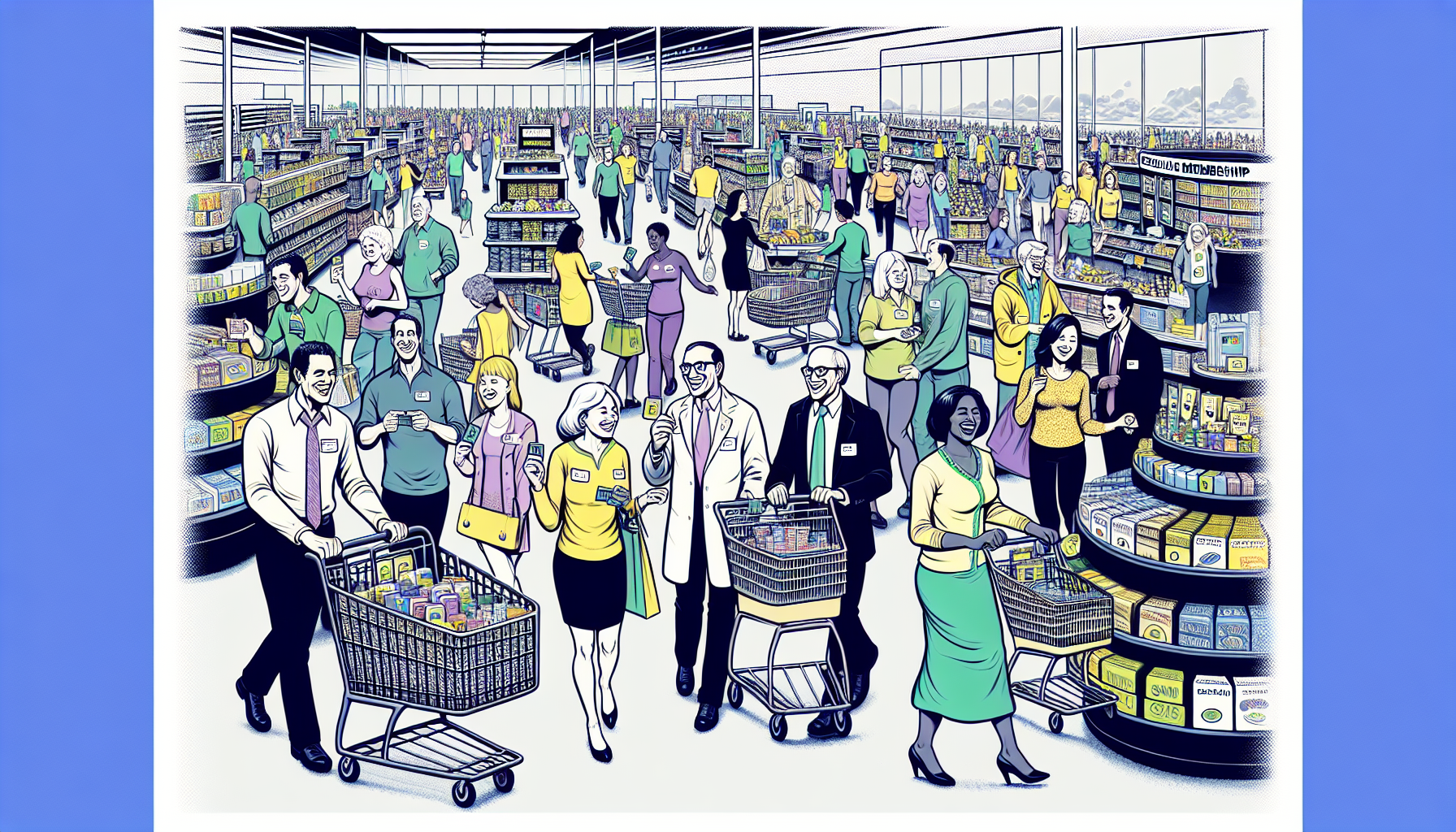
Costco's unique membership-based business model stands as a testament to the power of loyalty programs in driving consistent revenue. Unlike traditional retailers who offer free membership programs, Costco requires customers to pay an annual fee for membership. This approach has proven successful in not only generating revenue from membership fees but also in fostering a dedicated customer base that frequently returns to make purchases.
Key Features of Costco's Membership Model
Costco offers two primary types of memberships:
- Gold Star Membership: This basic membership provides access to all Costco warehouses and online stores.
- Executive Membership: For a higher annual fee, this tier offers additional perks such as 2% cashback on most purchases, exclusive discounts on services like travel and insurance, and access to special events.
Exclusive Benefits and High Customer Retention
The lure of exclusive benefits plays a significant role in keeping members engaged and encouraging repeat visits. Some key advantages include:
- Discounted Prices: Members enjoy substantial savings on a wide range of products, from groceries to electronics.
- Limited-Time Promotions: Periodic sales and promotions are available exclusively to members, creating a sense of urgency and exclusivity.
- Quality Assurance: Members trust Costco’s commitment to high-quality products at competitive prices, which reinforces their loyalty.
Impact on Spending and Customer Retention
Costco’s membership model aligns perfectly with its loyalty program, resulting in impressive metrics:
- Increased Spending Per Visit: The promise of savings incentivizes members to make bulk purchases, leading to higher average transaction values.
- High Retention Rates: Approximately 90% of Costco members renew their memberships annually. The value proposition is so compelling that customers see the membership fee as a worthwhile investment.
Sales Performance
The combination of a paid membership model and robust loyalty incentives has driven significant portions of Costco's sales. Executive-tier members alone generate over 73% of worldwide sales, showcasing the efficacy of the program in cultivating big spenders who contribute substantially to the bottom line.
“Our Executive Membership continues to be our fastest-growing member category, reflecting our members’ appreciation for the exceptional value it provides,” says Richard Galanti, CFO at Costco.
By focusing on delivering unmatched value through discounted prices and exclusive benefits, Costco not only retains its customer base but also encourages higher spending per visit. This dual strategy has solidified its position as a leader in leveraging loyalty programs for sustained growth.
3. Dicks Sporting Goods Loyalty Program: Sportsmanship Meets Strategy
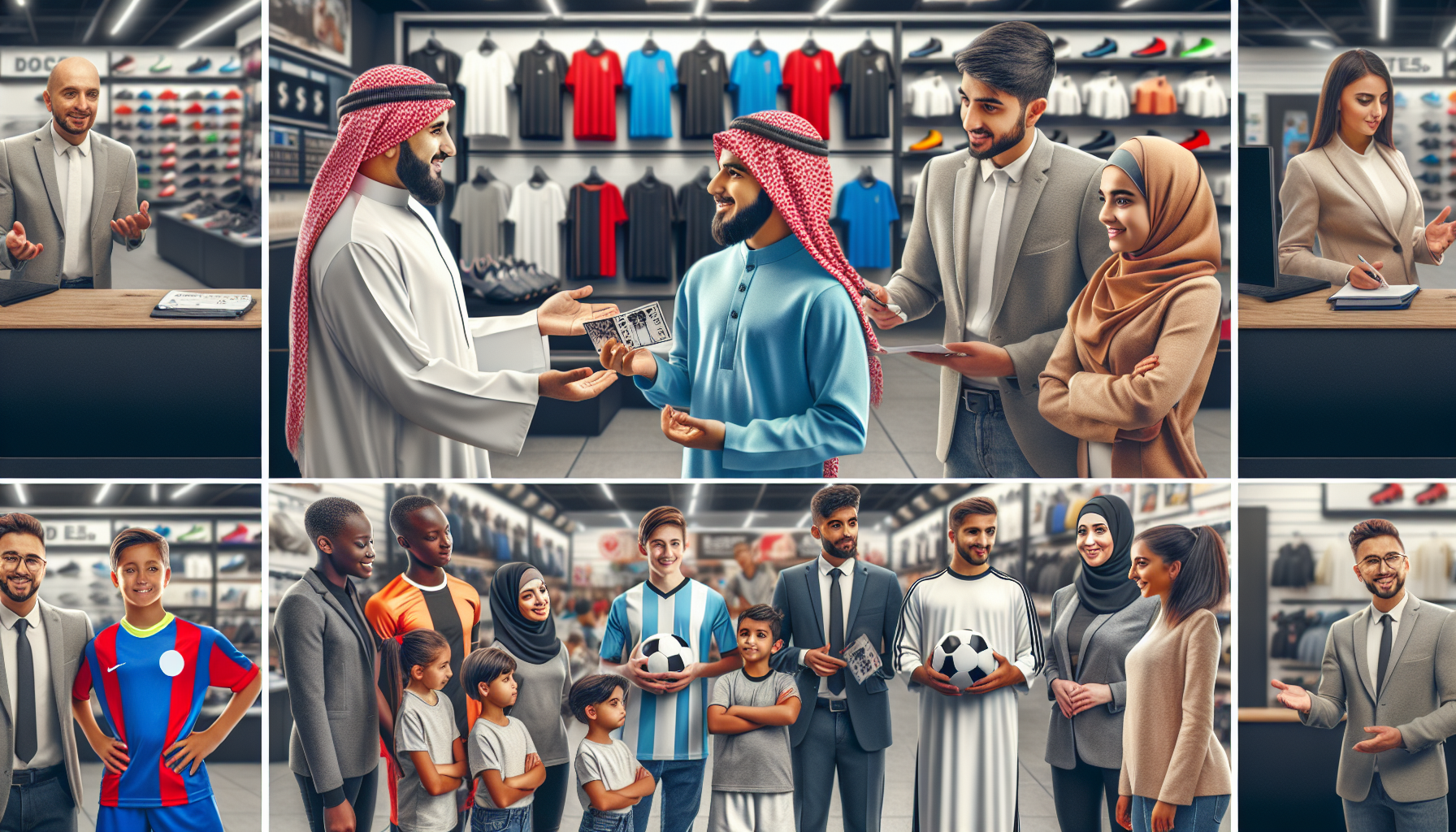
Dick's Sporting Goods has taken a multi-faceted approach to customer loyalty, blending a dedicated rewards program with community-focused initiatives. This strategy not only drives sales but also fosters a compelling brand experience that resonates with both avid athletes and casual shoppers alike.
Key Features of Dick's Sporting Goods Loyalty Program
1. ScoreCard Rewards Program
The ScoreCard Rewards Program is at the heart of Dick's loyalty strategy:
- Points-Based System: Members earn points for every dollar spent, which can be redeemed for future discounts.
- Exclusive Offers: Loyalty members receive access to special promotions, early product releases, and personalized deals.
- Member-Only Events: Invitations to exclusive in-store events and experiences tailored to their interests.
With over 20 million active members, the ScoreCard program accounts for a significant portion of the company's sales.
Community-Focused Initiatives
Dick's Sporting Goods goes beyond traditional loyalty programs by integrating community involvement into their strategy:
- Sponsorships and Donations: The company sponsors local sports teams and events, providing necessary funding and equipment.
- Youth-Sport Management Software: By offering software that helps manage youth sports leagues, Dick's creates a deeper connection with families involved in sports. Interestingly, loyalty members who use this software spend twice as much as those who don't.
- Community Outreach Programs: Initiatives like 'Sports Matter' provide grants to underfunded youth sports programs across the nation.
Creating a Compelling Brand Experience
Combining these elements creates a robust ecosystem that keeps customers engaged:
- Personalized Engagement: Utilizing data from the rewards program allows Dick's to tailor offers and communication to individual preferences.
- Enhanced Customer Experience: The blend of tangible rewards and community support initiatives ensures that customers feel valued both as individuals and as part of a larger community.
The synergy between the ScoreCard Rewards Program and community-focused activities results in increased customer retention and higher spending per visit. This multifaceted approach is not just about driving sales; it's about building lasting relationships with customers through shared values and experiences.
"Our goal is to create lifelong relationships with our customers by aligning our business goals with their passion for sports," said Lauren Hobart, President & CEO of Dick's Sporting Goods.
This holistic strategy exemplifies how retailers can leverage loyalty programs to foster deeper connections with their customer base while simultaneously boosting sales. Such an approach aligns perfectly with some of the strategies outlined here, which emphasize the importance of blending customer loyalty with community engagement for sustained success.
Emerging Trends in Retail Loyalty Programs
1. Etsy's Insider Program: Testing the Waters with Paid Memberships
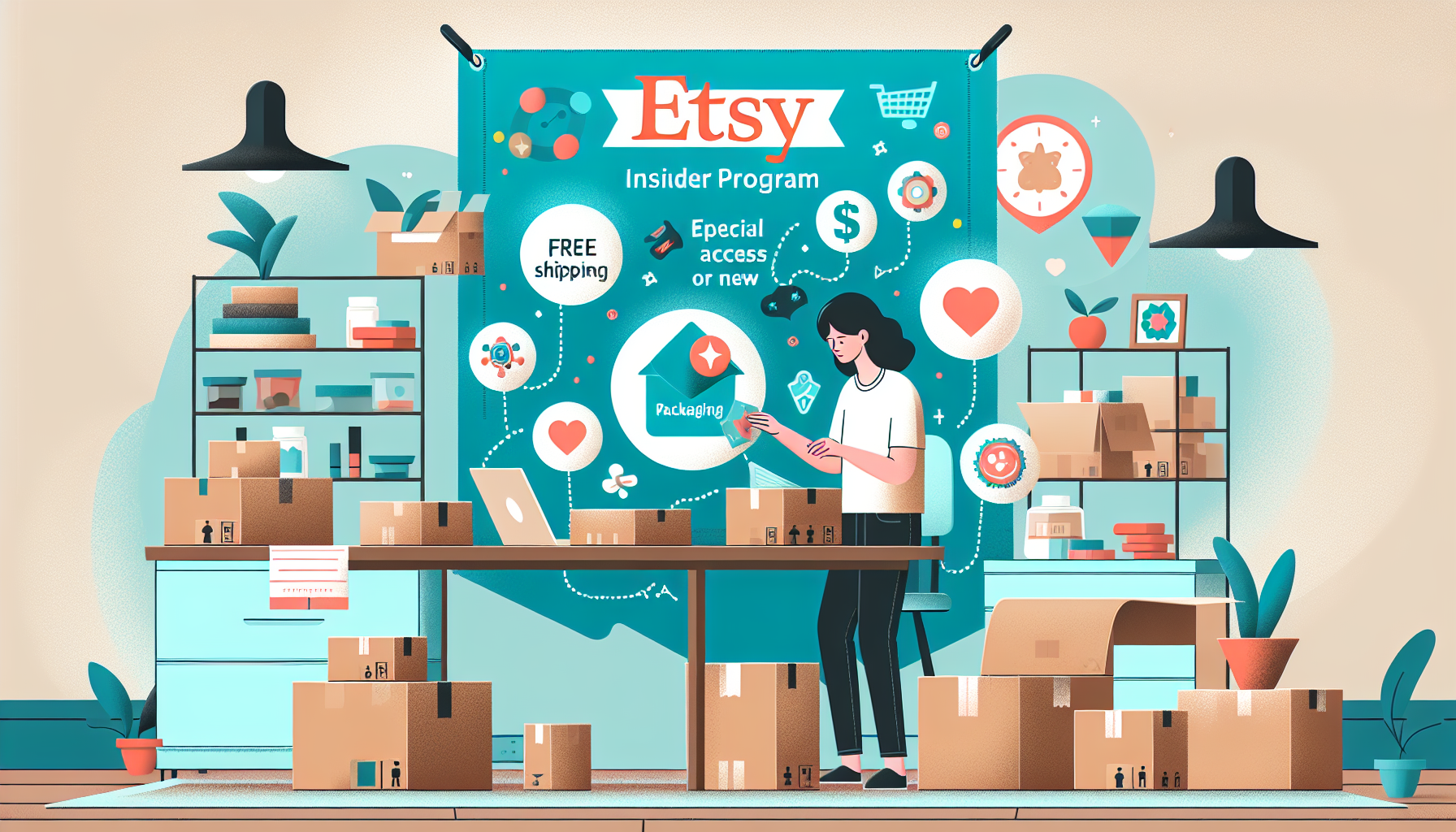
Etsy, a major player in the online marketplace for handmade and vintage goods, has recently embarked on a pilot initiative named the Etsy Insider Program. This program is designed to offer exclusive perks through paid memberships for select sellers on their platform. The initiative aims to enhance the shopping experience by providing benefits such as:
- Free shipping
- Special discounts
- Early access to new products
By introducing a paid membership model, Etsy taps into a growing trend where consumers are willing to pay for added value and convenience. This shift could redefine how loyalty programs operate within niche markets.
Potential Implications for Consumer Engagement
The allure of exclusive perks can significantly boost consumer engagement. When customers perceive tangible benefits from their membership, they are more likely to remain loyal and make repeat purchases. For Etsy, this translates into:
- Increased customer retention rates
- Higher average order values
- Enhanced brand loyalty
One interesting aspect of the Etsy Insider Program is its potential ripple effect across other retail sectors. If successful, this model might inspire other retailers to explore similar paid membership schemes. Imagine your favorite local boutique offering you free shipping and exclusive discounts just for being a member—such personalized experiences could become the norm rather than the exception.
Marketplace Dynamics
Adopting paid memberships introduces a new dynamic into the retail ecosystem. It shifts the focus from merely acquiring new customers to nurturing deeper relationships with existing ones. This strategy aligns with the current emphasis on customer lifetime value (CLV) over short-term sales boosts.
Retailers can leverage data from these programs to build comprehensive customer profiles, enabling them to tailor promotions and offers more effectively. For instance:
"Paid memberships provide valuable insights into consumer behavior, allowing retailers to create highly personalized marketing campaigns."
2. Tractor Supply Co.'s Hometown Heroes Program: Honoring Community Service Through Discounts

Tractor Supply Co., known for its wide range of products catering to rural lifestyles, has introduced the Hometown Heroes Program. This initiative provides special discounts and benefits to members of the military, first responders, and other community service personnel.
The program underscores Tractor Supply Co.'s commitment to giving back to those who serve their communities. Key features include:
- Exclusive discounts on various products
- Priority access during sales events
- Special recognition events
By honoring community service members, Tractor Supply Co. fosters a sense of goodwill and loyalty among a significant segment of its customer base.
Key Features of the Hometown Heroes Program
- Exclusive Discounts: Eligible customers receive special pricing on a wide range of products, making it easier for them to access the supplies they need.
- Recognition Events: Tractor Supply Co. hosts community events to recognize these heroes, fostering a sense of appreciation and engagement.
- Easy Enrollment: Simple verification processes ensure that eligible individuals can quickly benefit from the program.
Benefits for Businesses and Consumers
Targeted loyalty efforts like the Hometown Heroes Program offer multiple advantages:
- Deeper Customer Connections: By acknowledging specific customer segments, brands can build stronger emotional ties with their audience. This fosters brand loyalty and encourages repeat business.
- Increased Sales Volume: Special discounts and personalized offers drive incremental sales, as honored customers are likely to make additional purchases due to the perceived value and recognition.
- Community Engagement: Programs that celebrate local heroes enhance a company's reputation within the community, further solidifying its position as a socially responsible entity.
Strategic Impact
Tractor Supply Co.’s approach underscores how strategic loyalty programs can resonate on a personal level while also driving business metrics. By aligning discounts with meaningful causes, companies can create a loyal customer base that feels genuinely valued and appreciated.
3. Ulta Circle Membership: Engaging Beauty Enthusiasts with Gamified Rewards
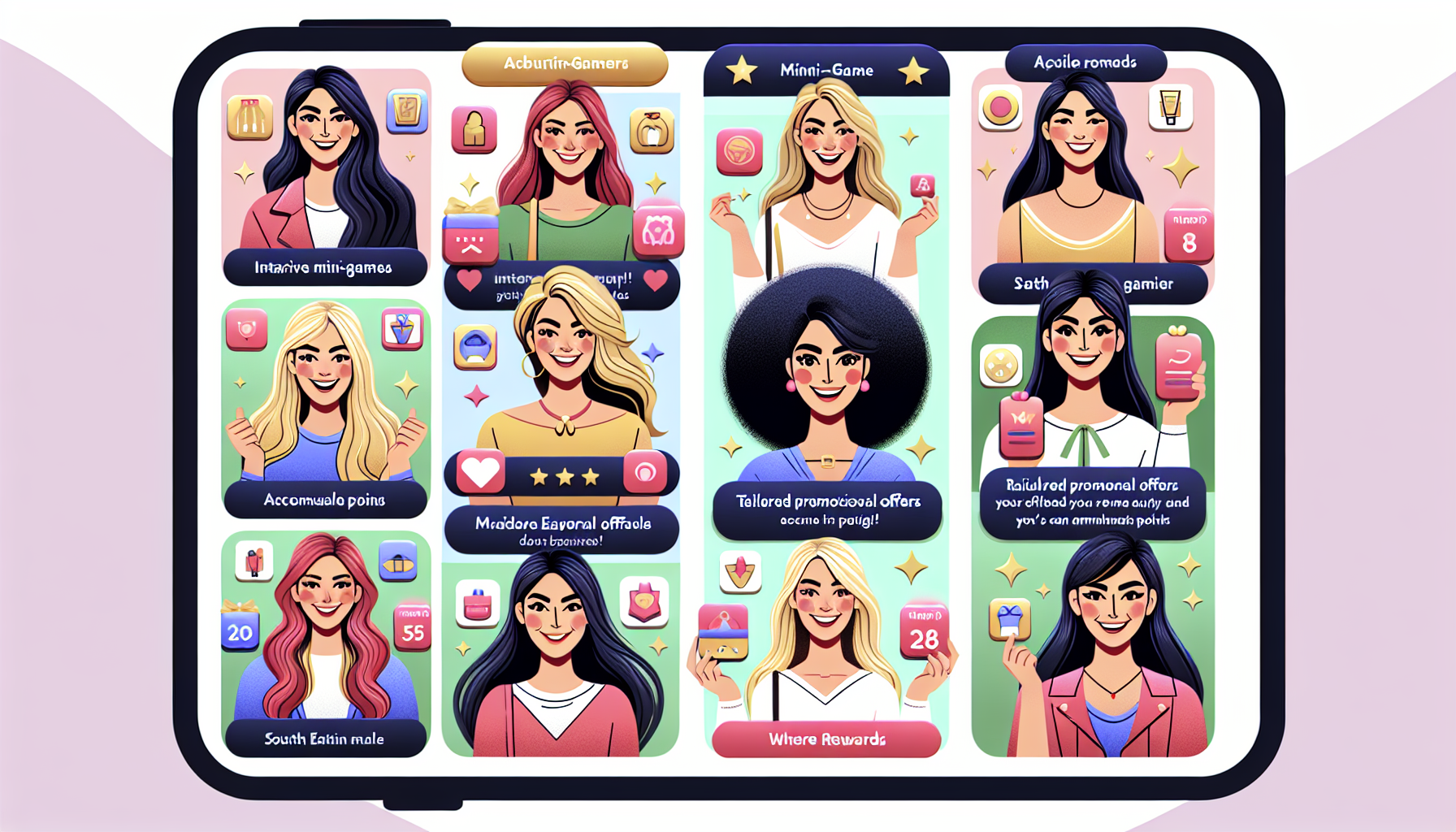
Ulta Beauty has taken an innovative approach with its Ulta Circle Membership, incorporating gamification elements into their loyalty program. Members can engage in mini-games that offer discounts and prizes as rewards.
This strategy not only makes earning rewards fun but also encourages frequent interaction with the brand. As beauty enthusiasts play these games, they accumulate points that contribute towards future purchases, creating a cycle of continuous engagement.
Key Elements of Ulta Circle Membership
- Interactive mini-games for rewards
- Points accumulation system
- Exclusive members-only events and promotions
Gamification introduces an element of excitement and novelty into traditional loyalty programs, making them more engaging and effective at retaining customers.
Emerging trends in retail loyalty programs demonstrate how businesses are innovating to meet changing consumer expectations. Whether through paid memberships like Etsy's Insider Program or gamified experiences like Ulta Circle Membership, retailers are finding new ways to foster customer loyalty in an ever-evolving market landscape.
Some key features include:
- Point-Earning Activities: Members can participate in various activities, such as quizzes and challenges, to earn extra points.
- Exclusive Discounts: Based on participation levels, members unlock special discounts not available to non-members.
- Personalized Offers: The program tailors offers based on individual customer profiles, making the experience more relevant and rewarding.
Why Gamification Works in Beauty Retail
Incorporating gamification into loyalty programs is gaining traction for several reasons, especially within the beauty industry. The impact of gamification on loyalty strategies is significant:
- Enhanced Customer Engagement: Mini-games and challenges create a fun and interactive experience that keeps customers coming back.
- Increased Participation: By offering rewards for participation, brands encourage customers to engage more frequently with their platforms.
- Personalization: Gamified elements allow for more personalized interactions, making customers feel valued and understood.
The beauty industry benefits particularly from these strategies due to the nature of its products and customer base. Beauty enthusiasts are often passionate about trying new products and staying updated with trends, making them ideal candidates for a gamified rewards system.
A Comparative Insight
While Ulta's gamification strategy stands out, it aligns well with other emerging trends in retail loyalty programs. For instance:
- The Etsy Insider Program is testing paid memberships offering exclusive perks such as free shipping.
- Tractor Supply Co.'s Hometown Heroes Program provides targeted discounts to military service members and first responders.
Both initiatives highlight a growing focus on creating more engaging and meaningful customer experiences through tailored rewards programs.
Ulta Circle's incorporation of gamification elements showcases an effective strategy for enhancing long-term customer engagement within the beauty industry. This innovative approach not only boosts participation but also fosters a deeper connection between the brand and its customers. Such gamification strategies in loyalty programs are proving to be a game changer in the retail landscape.
Analyzing Consumer Spending Behavior with Loyalty Programs

Understanding consumer spending trends is crucial for retailers who want to succeed in today's competitive market. Loyalty programs are essential in this effort because they can collect and analyze detailed information about how consumers behave.
Role of Data Analytics Tools
Retailers use advanced data analysis tools to monitor spending habits at different stages of the shopping experience, both online and offline:
- Purchase History: Keeping track of previous purchases helps identify favorite products and spending patterns.
- Engagement Metrics: Measuring interactions with advertisements, emails, and app activities reveals how engaged customers are.
- Demographic Information: Combining age, gender, and location data with spending habits provides deeper insights into customer profiles.
These tools enable businesses to create targeted promotions and personalized offers that resonate with individual customers, improving both customer satisfaction and sales performance.
Importance of Monitoring Changing Consumer Preferences
Uncertain economic conditions require retailers to be flexible in how they engage with consumers. It is important for retailers to continuously monitor changing preferences so they can quickly adapt their offerings:
- Adaptive Marketing Strategies: By analyzing real-time data, businesses can adjust their marketing strategies to align with current consumer demands.
- Inventory Management: Real-time insights allow for better planning of inventory, reducing excess stock and stockouts.
- Personalized Experiences: Customizing experiences based on current trends helps maintain brand loyalty even during economic downturns.
Investing in strong loyalty programs that have advanced analytics capabilities ensures that brands can stay flexible. This flexibility not only helps maintain profit margins but also strengthens the relationship between retailers and their customers by consistently meeting evolving needs.
By using loyalty programs to gain insights into consumer spending behavior, retailers are better equipped to navigate the complexities of today's market.
Comparing Different Retail Loyalty Programs
Finding The Right Fit For Your Business Needs And Target Audience Profile
Evaluating the best loyalty program structure for your business can be a daunting task. One must consider various factors, including target audience, business model, and operational capabilities. A well-implemented loyalty program can significantly boost customer engagement and sales, but choosing the wrong type can lead to inefficiencies and missed opportunities.
Key Considerations:
- Business Model: Determine whether your business operates on high volume/low margin or low volume/high margin.
- Customer Profile: Understand your customers' preferences and purchasing behavior.
- Operational Capacity: Assess the resources available for implementing and maintaining the program.
Pros & Cons Of Popular Approaches
Points Systems
Pros:
- Simplicity: Easy for both businesses and customers to understand.
- Flexibility: Can be applied to a wide range of products and services.
- Scalability: Suitable for businesses of all sizes.
Cons:
- Operational Complexity: Requires robust tracking systems to manage points accurately.
- Delayed Gratification: Customers may need to wait longer to accumulate enough points for rewards, potentially reducing immediate engagement.
Tiered Rewards Structures
Pros:
- Enhanced Engagement: Higher tiers offer more exclusive rewards, encouraging continued patronage.
- Customer Segmentation: Allows for targeted marketing based on customer activity levels, which is crucial according to this guide on customer segmentation.
- Increased Spending: Incentivizes customers to spend more to reach higher tiers.
Cons:
- Complex Implementation: More challenging to set up and manage compared to points systems.
- Perceived Inequity: Lower-tier customers might feel undervalued, potentially leading to disengagement.
Business-Specific Benefits From Different Formats
Certain types of businesses may benefit more from specific loyalty program formats due to differences in their pricing strategies and customer profiles.
High-End Fashion Brands:
Example:
- Tiered Rewards StructuresWhy It Works: High-end fashion brands often have loyal customers willing to spend more for exclusive benefits.
- Customer Experience: Personalized offers, early access to new collections, and VIP events resonate well with this audience. This aligns with the insights from McKinsey's article on personalizing the customer experience.
Discount Retailers:
Example:
- Points SystemsWhy It Works: Discount retailers thrive on high transaction volumes where small rewards can encourage frequent purchases.
- Customer Experience: Simple points accumulation that translates into immediate discounts or cashback provides tangible value for budget-conscious shoppers.
Each business must carefully analyze its unique circumstances before deciding which loyalty program structure will yield the best results. However, it's crucial to avoid common pitfalls that could undermine loyalty strategies, as highlighted in this article on common missteps that undermine loyalty strategies. Real-world examples from Starbucks, Costco, and Dick's Sporting Goods offer valuable insights
The Future Of Loyalty Programs In Retail
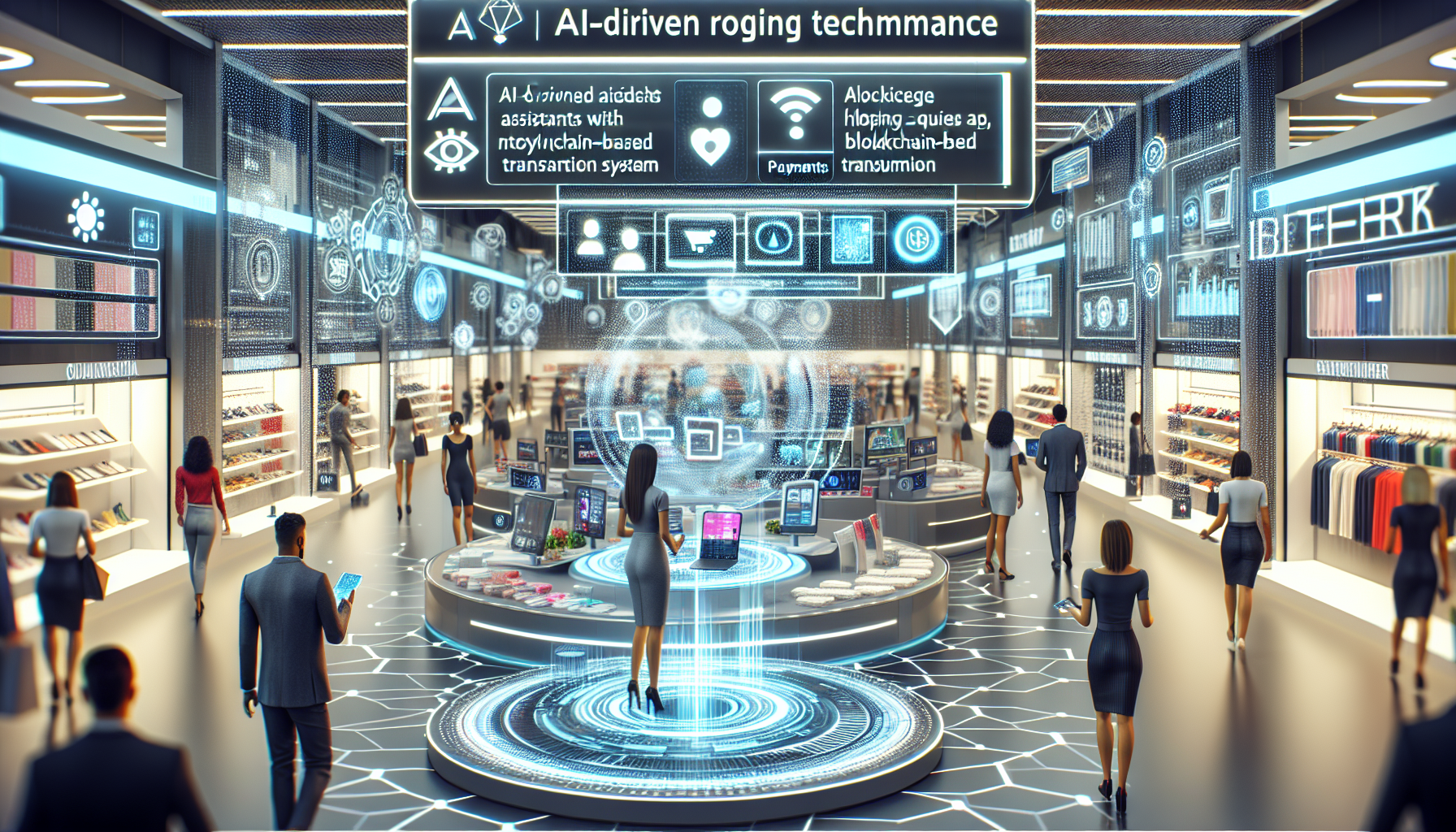
Examining future trends in rewards programs reveals a landscape increasingly shaped by technology integration. As retailers navigate the post-pandemic environment, adopting sophisticated digital tools will become essential.
Key Trends to Watch:
1. Technology Integration
Apps and AI: The use of mobile apps for loyalty programs is set to grow, offering customers a seamless experience with features like real-time rewards tracking, push notifications for deals, and personalized offers based on AI-driven insights.
Blockchain: Some retailers are exploring blockchain for secure and transparent loyalty transactions, which can build greater trust and engagement among customers.
2. Personalization
Leveraging customer data more effectively will allow businesses to tailor their offers, making them more relevant to individual preferences and shopping habits. Personalized discounts and exclusive deals can significantly boost customer satisfaction and retention.
3. Sustainability Focus
As sustainability becomes a critical consideration for consumers, loyalty programs that reward eco-friendly behaviors or offer sustainable products will likely gain traction. This alignment with customer values can enhance brand loyalty.
Agility in Strategy
Maintaining long-term viability requires a balance between immediate incentives and sustainable profitability.
Avoid Heavy Reliance on Short-Term Discounts: While discounts and deals drive quick sales spikes, overdependence can erode profit margins. A diversified approach—combining short-term tactics with strategies that foster genuine loyalty—ensures lasting success.
Adaptation to Economic Shifts: Retailers must stay agile, ready to pivot their loyalty strategies in response to economic changes. This could mean adjusting reward structures or introducing new benefits that align with current consumer needs.
Adopting these forward-looking approaches helps retailers not only survive but thrive in an ever-evolving market landscape. Investing in cutting-edge technology and focusing on personalized customer experiences will be pivotal as we move ahead. Ultimately, loyalty rewards programs will serve as a key business asset in building lasting customer relationships.
Launch Your Retail Loyalty Program with Lealtad

Retailers facing tough market conditions are increasingly turning to loyalty programs to boost sales and foster customer loyalty. For local businesses looking for easy and budget-friendly solutions to generate more customers, leveraging digital tools like the Lealtad App can be a game-changer.
With the Lealtad App, you can:
- Launch Custom-Branded Digital Loyalty Programs: Create a unique loyalty program tailored to your business within 10 minutes.
- Enhance Customer Engagement: Utilize data-driven insights to offer personalized rewards and promotions, encouraging repeat purchases.
- Boost Sales: Implement strategies that have been proven effective by leading retailers like Starbucks, Costco, and Dick's Sporting Goods.
Interested in learning how the Lealtad App can help your business grow? Visit our website to book a complimentary strategy demo session or sign up for an account now!
